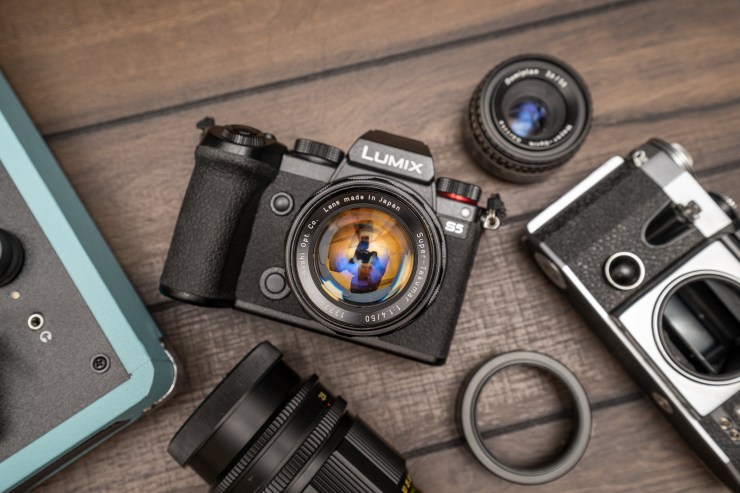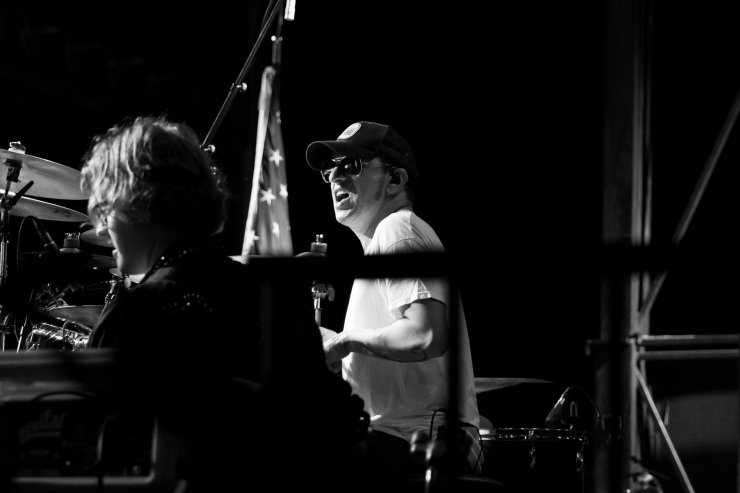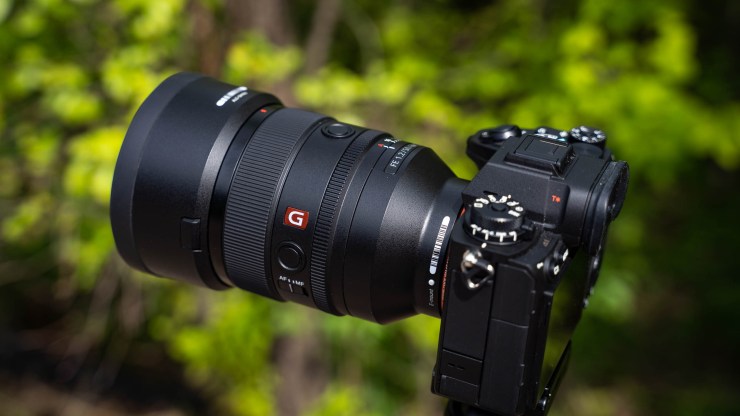The war between manufacturers when it comes to creating and selling fast lenses is as brutal and bloody as the megapixel wars that are still raging today; however, the truth is we don’t need fast lenses, it’s just that many photographers want them, and there’s a big difference between need and want.
I can already smell the smoke coming from keyboards of angry creators who want to leave comments telling me I’m crazy for even thinking that we don’t need lenses with super fast apertures. However, this is a topic that needs to be discussed. So, let’s all take a minute to collect ourselves before diving into fast lenses and how they have morphed from being a necessity to a luxury item that might be wanted but not necessarily needed in this day and age.
A walk down memory lane

In the early part of the 20th century, fast lenses helped photographers overcome the limitations of the media they were using. It’s as simple as that. Fast lenses weren’t used to create a particular look or so that photographers (let’s face it, only us creators drool over bokeh) could ooh and ahh over an extremely narrow depth of field. No, the fast lenses during this time period had one job: To overcome the limitations of slow film. And the lenses did the job well.
As we progressed through the 20th and 21st centuries, wide aperture lenses’ roles began to change thanks to film with higher ISO ratings and easier-to-use flash technologies. These technologies allowed photographers to use their fast lenses with a little more creative license. Fast forward to now, and fast lenses are being re-imagined in the digital age.
Cold hard truth: Fast lenses are nothing more than status symbols

I have nothing against fast lenses at all, so don’t take this post as one where I’m just bashing them. I own several fast lenses myself. In the right hands, and when used in the right situations, lenses with incredibly wide apertures can be used to create beautiful images.
The problem now is that creative snobs and influencers will tell you that you’re not a professional unless you shoot with the latest f/0.95, f/1.0, f/1.2 or f/1.4 lenses It’s utter rubbish. This hyperbole creates a problem, and so, people go out and buy these lenses that cost an absolute fortune because someone they don’t even know told them they need them.
The result is that I, and many others, see many photographers walking around with fast lenses shooting everything wide-open when there’s simply no need to. If that’s what they like, more power to them, but shooting wide open all the time is overrated. More often than not, the shot that was wanted will be missed because of the razor-thin depth of field.
But what about low-light photography?

When it comes to low-light shooting, modern cameras with in-body image stabilization (IBIS) and advanced sensors have become low-light monsters. IBIS can help you keep your ISO low, and when you need to crank the ISO, I can tell you that there’s not a sensor on the market today that produces bad images at ISO 6400. Even APS-C and Micro Four Thirds sensors perform well.
I have tested cameras (Nikon Z 50 and the Pentax K-3 III; read our review here) that can produce clean images at ISO 12,800. So, we can say that the original need for fast lenses has disappeared. However, it would be remiss of me to say that in very low light situations where your client wants you to keep your ISO low, fast lenses can help. Still, those times are probably few and far between for most photographers.
It’s all about the dreamy bokeh

Today, fast lenses are mainly used for one thing. Bokeh. For the last few years, almost every portrait posted to a social site has one eye in focus and everything else blurred out. It’s a little odd to me as I prefer to shoot my portraits starting at f/2.8-3.5 to ensure critical focus on the eyes (yes, plural). However, that’s just me; I know everyone is different. However, when an image shot wide open is done right, it can be breathtaking.
So, we could say that fast lenses are needed to create a particular image style. However, every lens is capable of producing bokeh to some degree. Creating bokeh is easy if you know how to place your subject relative to your lens and the background. So again, fast lenses aren’t really needed; they’re surely wanted, though.
Creative license

Gone are the days when you needed fast lenses to get a usable image. Now, as we discussed above, we want them to create a visual effect that only creatives care about. I’ve never had a client start a conversation with me about bokeh, specular highlights and bokeh balls. It just doesn’t happen. Photographers are the only people who pay attention to the area we don’t want others to pay attention to. It’s absurd.
Fast lenses have stopped being a tool needed for critical function, and they have become one that’s used to be more creative, and that’s OK. Being creative is great. However, don’t fall into the trap of thinking you need to sell a body part to own a fast lens when a cheaper alternative can help you be just as creative.
Fast lenses are great for marketing hype

Modern fast lenses, to me, are more of a marketing showpiece than anything else. I understand why companies keep pumping these lenses out, though. Ooh, look what we can do! Our new f/0.95 prime will ensure that one eye (or eyelash if you’re not super careful) is razor sharp! You NEED this! This nonsense makes for excellent marketing copy. Unfortunately, many fall for it.
Personally, I’d rather spend thousands of dollars on multiple cheaper lenses than on one lens that’s a one-trick pony. I trust my abilities, and I trust modern cameras when it comes to low-light performance. Now, ultra-fast lenses — for myself at least — aren’t needed. Still, this is just my two cents. We’re all different, and I appreciate and respect that.
By all means, do what you need to do for yourself and your creative style. However, be aware that just because someone says you need something, it doesn’t mean it’s true. Watch out for those wolves in sheep’s clothing; they could end up costing you a lot of money. How do you feel about fast lenses? Do you think there needs to be so many of them hitting the market? Are they worth the money? Let us know in the comment section below.
Tell your story with the second annual Visual Storytelling Conference!
Experience four days of interactive, online training sessions featuring a range of educational content with experienced photographers and content creators. This free event kicks off with a series of technical boot camps to build essential skills, followed by live, online sessions on photography, video, business and social media. Join live from March 10-13, 2022!
